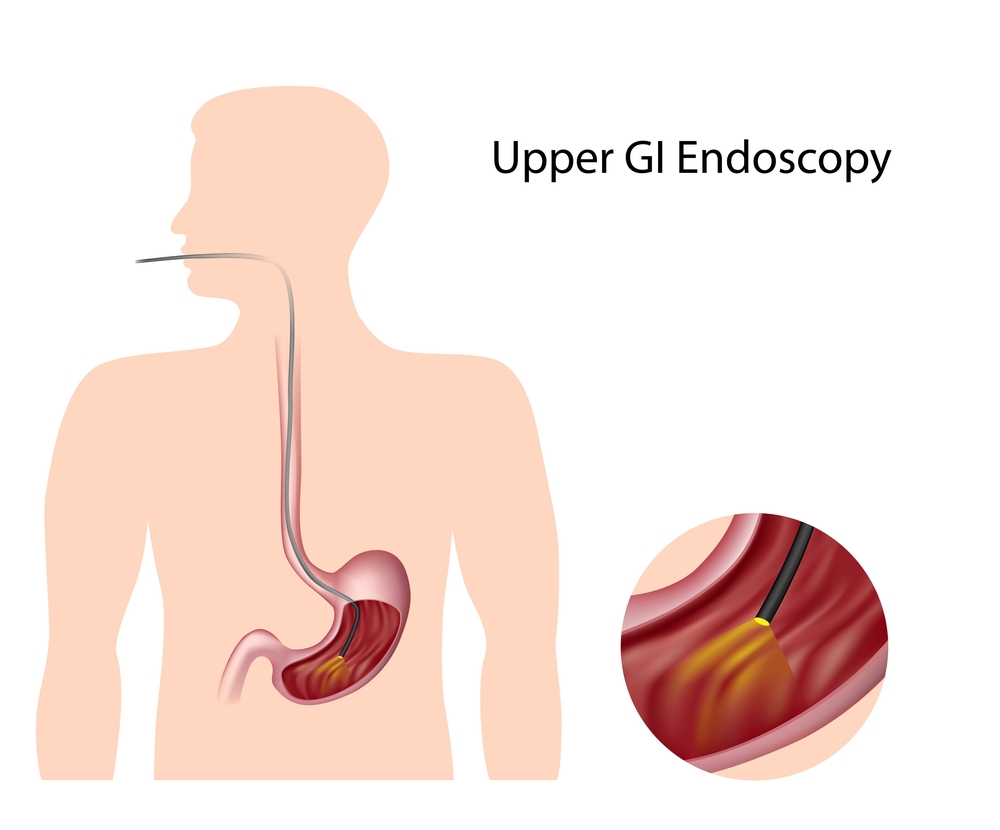
Tests and Diagnosis of GERD
Diagnosis of GERD is based on symptoms and clinical studies such as PPI trial, upper gastrointestinal endoscopy, PH monitoring, and barium swallow.
Proton Pump Inhibitor (PPI) trial
Proton pump inhibitors are commonly used for the treatment of GERD. Thus, if PPI course for 6-8 weeks relieves heartburn and regurgitation, this strongly suggests GERD. While this is not a very specific method, this test is more cost effective than other diagnostic tests. The diagnostic tests listed below are typically reserved for atypical or severe cases of GERD.
Upper Gastrointestinal Endoscopy:
Endoscopy, which is guiding a camera into the esophagus to view the tissue and search for damage is performed to confirm a clinical diagnosis of GERD. Many GERD patients do not have an esophageal damage making this test of limited value. However, endoscopy is the “gold standard” for ruling out associated pathologies such as eosinophilic esophagitis, gastritis, peptic ulcers, and Barrett esophagus.
Ambulatory pH monitoring
Ambulatory pH monitoring is considered the gold standard for diagnosing GERD. It quantifies the degree of reflux and allows for correlation between symptoms and episodes of reflux. Reflux monitoring may be useful in distinguishing etiologies driving a lack of response to PPI therapy.
Barium Swallow:
Barium swallow is where a patient drinks contrast dye and then an X-ray is performed to view structures of the esophagus. This provides information about the anatomy of the esophagus and also associated conditions such as the size and type of hiatal hernia. Barium Swallow is not a direct diagnosis of GERD.




